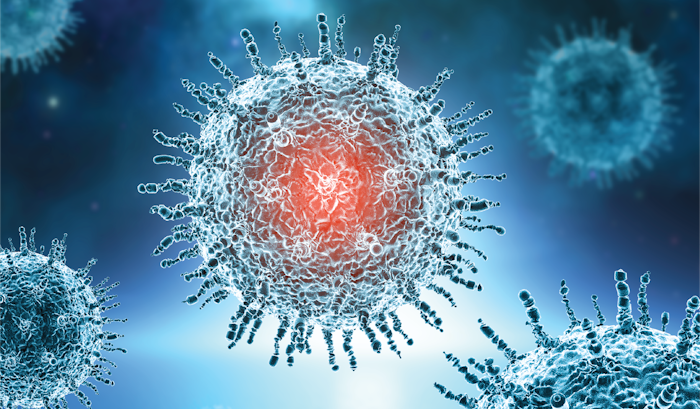Functional Dependency Mapping in Paediatric Brain Cancers
Email Principal Investigator

Ron Firestein
CBTN Specimen
CBTN Participants
CBTN Pre-clinical Models
About this
Project
Brain tumours are the most common form of solid tumours in children and can have lasting physical impacts beyond childhood. A common form of pediatric brain tumor is a pediatric high grade glioma (pHGG). Recent research has highlighted that pediatric high grade gliomas (pHGGs), are composed of subgroups that are distinct from their adult counterparts and therefore require specialized research and treatment. Advances in this area of care are held back because the functional consequences of pHGG genetic alterations are poorly understood, and in the majority of cases cannot be directly targeted. To overcome this challenge, researchers propose an innovative approach to comprehensively characterise and classify the functional landscape of the pHGG genome. This research project brings together an international team of researchers who will work together to better understand the genetics and molecular pathways of pHGG patient-derived models. This team will use CRISPR technology to identify and prioritise new therapeutic opportunities for pHGG. This work will be made possible through the use of high quality pHGG specimens made available through the Children’s Brain Tumor Network.
Ask The
Scientists
What are the goals of this project?
Researchers are looking to better understand the genetic and molecular pathways of pediatric high grade gliomas.
What is the impact of this project?
This research could identify and prioritise new therapy options for patients with pHGG.
Why is the CBTN request important to this project?
The Children’s Brain Tumor Network is uniquely able to provide researchers with the high quality specimens needed to complete their work.
Meet The
Team

Clayton, Australia

Philadelphia, PA, USA

Philadelphia, PA, USA
Institutions

Satellite

Hudson Institute of Medical Research
Joined onA global bioscience medical research leader, Hudson Institute’s sole focus is on powering breakthrough scientific discoveries into improved healthcare that will transform lives. Our 442 scientists research four areas of medical need - inflammation, cancer, reproductive health and pregnancy, and infa

Primary
Operations Center

Children’s Hospital of Philadelphia
Joined onOperations Center for the Children’s Brain Tumor Tissue Consortium, the Children’s Hospital of Philadelphia (CHOP) is currently ranked 1st nationally for their Pediatric Cancer Program by U.S. News & World Report. CHOP’s Biobank is home to the CBTTC’s pediatric brain and CNS tumor biorepository; the